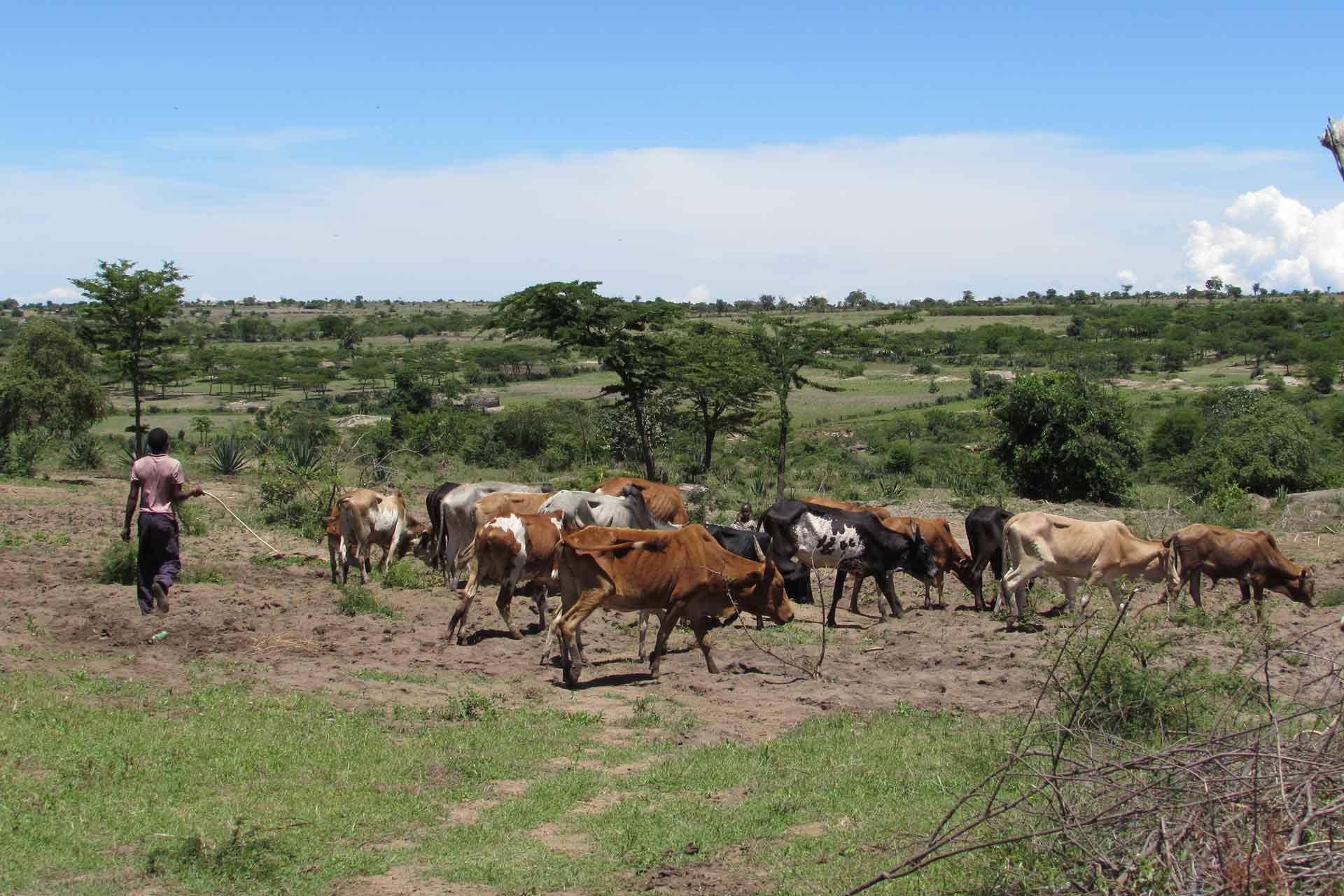Phylogenomics and molecular evolution of foot-and-mouth disease virus
This report describes the use of Bayesian methods to analyze polyprotein coding region sequences (n = 217) obtained from GenBank to define the genome-wide phylogeny of foot and mouth disease virus (FMDV). The results strongly supported the monophyly of five FMDV serotypes, O, A, Asia 1, C, and SAT 3, while sequences for the two remaining FMDV serotypes, SAT 1 and SAT 2 did not separate into entirely distinct clades. The phylogenomic tree revealed three sister-group relationships, serotype O + Asia 1, A + C, and SAT 1 + 3 + 2, with a new branching pattern: {[(O, Asia 1), (A, C)], (SAT 1, 2, 3)}. Within each serotype, there was no apparent periodic, geographic, or host species influence on the evolution of global FMDVs. Analysis of the polyprotein coding region of these sequences provided evidence for the influence of purifying selection on the evolution of FMDV. Using a Bayesian coalescent approach, the evolutionary rate of FMDV isolates that circulated during the years 1932-2007 was estimated to be 1.46 x 10(-3) substitutions/site/year, and the most recent common ancestor of the virus existed approximately 481 years ago. Bayesian skyline plot revealed a population expansion in the early 20(th) century that was followed by a rapid decline in population size from the late 20(th) century to the present day. These findings provide new insights into the mechanisms that impact on the evolution of this important livestock pathogen.
Back to publications

